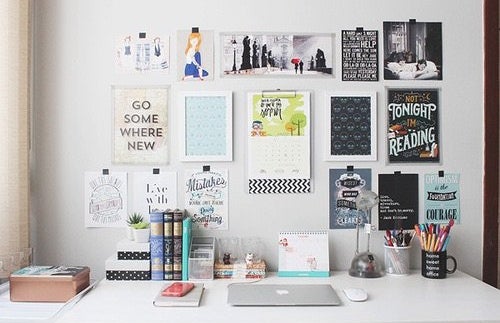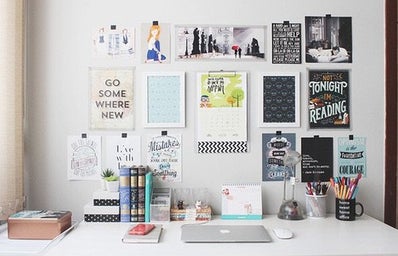Written By: Keerthana Nair
Edited By: Vanishree
The culture of aesthetics has come to be very mainstream. Both in spaces where it calls for creativity and in spaces like fandom spaces where this creativity is expressed in forms of imitations aesthetics represent these feelings. As aesthetic is subjective; what is considered aesthetic is also very dependent on one’s perspective. In literal terms aesthetics mean relating to beauty or the study of enjoyment of beauty and all that constitutes it. And this study is usually visualised in terms of what one enjoys and their creative avenues. Aesthetics contain both natural and artificial judgements relating to beauty, In philosophy in particular it raises the question of what happens when one engages with the particular aesthetic and the feelings it creates. Aesthetic is most directly viewed with visual art, but the formation of aesthetics can contain multitudes of most forms of art. One such representation is in the form of Mood boards.
A mood board is a sort of display consisting of images, text, and different kinds of objects together as one. It can be based on a set topic like a colour quote feeling even political topics or can be any material chosen at random. Usually a mood board can be or is used to convey a general idea or feeling about a particular topic in relation to the aesthetic. A mood board might be physical or digital and can be effective presentation tools. Mood boards can be both professional and leisure. It is used professionally for art photography fashion and in leisure to deal with the feeling about your fav piece of media or what you want to convey. Mood Boards have become more and more prominent in the new days with the rise of culture as it became a form of expression. Mood boards became a way for those who were not interested in art or editing to convey their feelings about a media or a topic in ways they deem fit. These aesthetic mood boards also tend to be very open to colour theories and the meaning of the particular aesthetic. Like Red connoting to passion fire and anger; it sort of correlates with the topic & quotes one is trying to present. The Moodboards are usually a creative avenue which helps people as not everyone can create and using these aesthetics is their way of expression of whatever they are feeling, their personal head-canons relating to a particular piece of media and whatever their mood for that day is. Mood boards also tend to be very prevalent with the main aesthetic subtopics like grunge goth and even with academic or dark and light academic aesthetics.
Mood boards tend to be smaller portfolios in cases of artists and an easy way to create a piece of art or fashion and an easy way to jot down your thoughts and form a cohesive look before starting the art. Though these are a form of self-expression for artists, aesthetic mood-boards in normal Instagram and fandom culture violate all laws of creative commons. Mood boards usually use photographs taken by random people quotes which aren’t credited and edited to make it seem like their own. This causes a lack of value for the actual artists and creators who create those pieces. Ultimately mood boards are one of the best forms of artistic aesthetic experience for a normal person or a starting point for the creator but these nowadays require one to go more in depth and credit the original artists if it’s not your original work as it creates a culture of disrespect to the creators.


